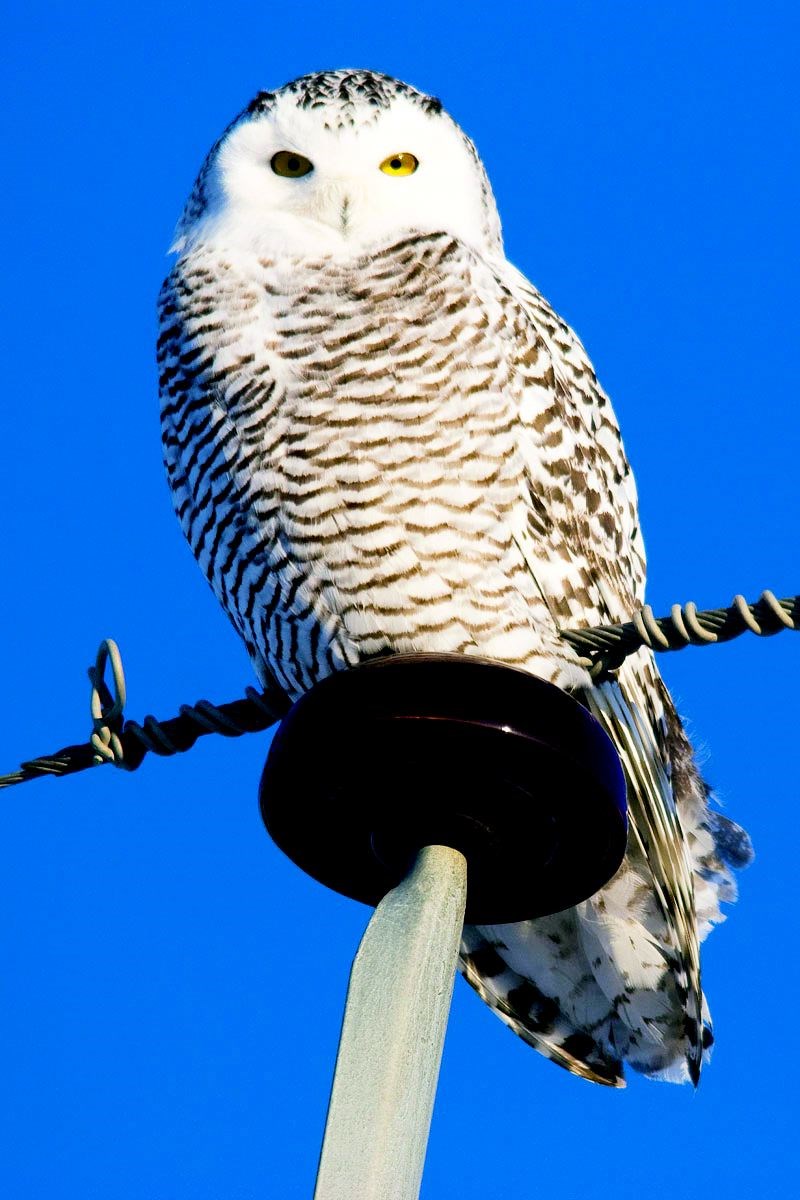When bird watchers turned their binoculars to the skies last month for the Great Backyard Bird Count, they were expecting some unusual findings.
"Often when it's warm, you get a higher diversity of birds but fewer birds seen," said Dick Cannings, co-ordinator of the Great Backyard Bird Count for Birds Canada, before the event.
In addition to Birds Canada, the count is also co-ordinated by the Cornell Lab of Ornithology and Audubon - an American group dedicated to the conservation and restoration of natural ecosystems with a focus on birds.
According to organizers, this year was the most unusual winter for birds in the count's 15-year history.
"Every bird species has a captivating story to tell, and we're certainly seeing many of them in larger numbers farther north than usual, no doubt because of this winter's record-breaking mild conditions," said John Fitzpatrick, executive director of the Cornell lab.
A few arctic species were also found further south than usual. Participant recorded seeing Snowy Owls and record-breaking numbers throughout the Great Plains and Pacific Northwest in the U.S. Canadian bird watchers also saw four times as many Snowy Owls as reported in the 2011 count.
Experts believe that Snowy Owls move south from their usual arctic habitats in years when prey, such as lemmings, are scarce.
The annual count took place over four days in mid-February. Professional and amateur bird lovers were invited to spend some time over those days with checklists and report back to count organizers which species of bird were in their neighbourhoods.
Participants across North America recorded 623 species between Feb. 17 and 20. In Prince George alone, 42 species were recorded, with nearly 5,000 birds recorded.
"Citizen scientists are helping us document changes to birds, starting in our own backyards, which is also where the solution begins, said Audobon chief scientist Gary Langham.
The two most-popular birds sighted were the bohemian waxing and the common redpoll with 1,073 and 1,468 individuals counted, respectively.
In 2011, Prince George bird watchers counted 27 species, with only 539 birds recorded.
"We are very please that more Canadians than ever before participated in the count this year and helped us gain a clearer snapshot of bird distribution and abundance in what was an extraordinary winter in many parts of our country," said George Finney, president of Bird Studies Canada.
Locals looking for birds with a more exotic flair are invited to join the Prince George Naturalists Club April 26. At 7 p.m. in the Parks Building, club chair Clive Keen will share stories about Brazilian nature and the wacky bird life.



